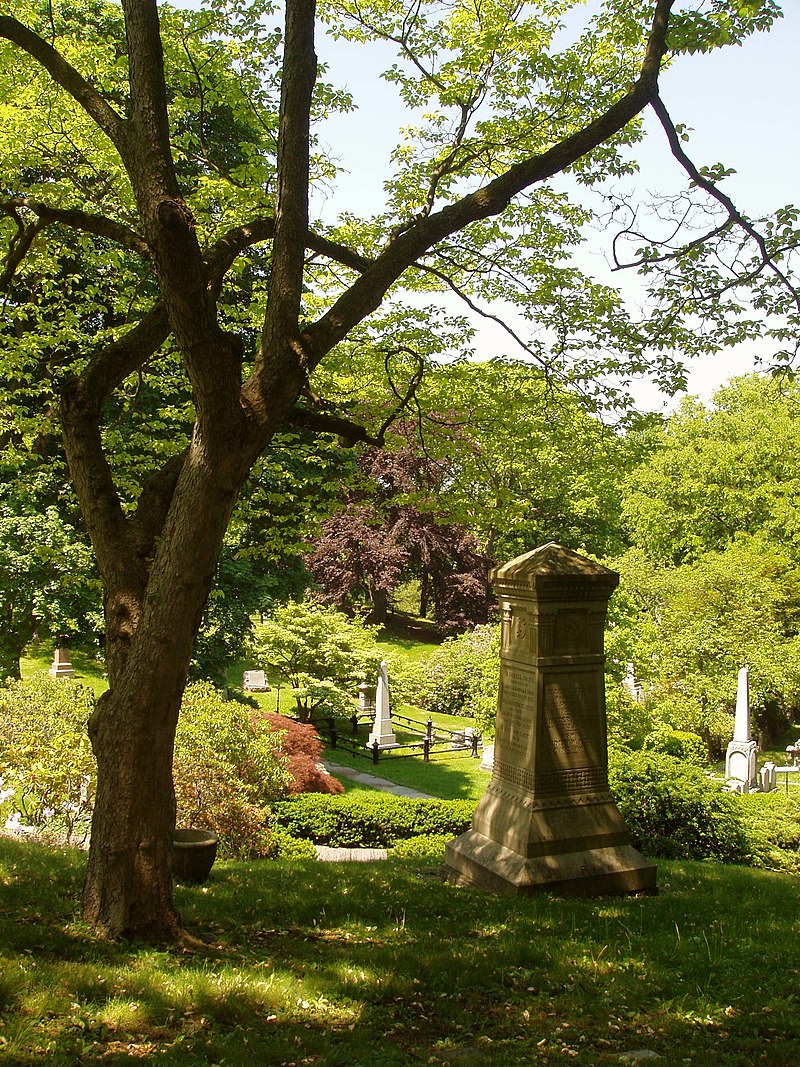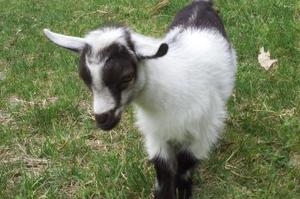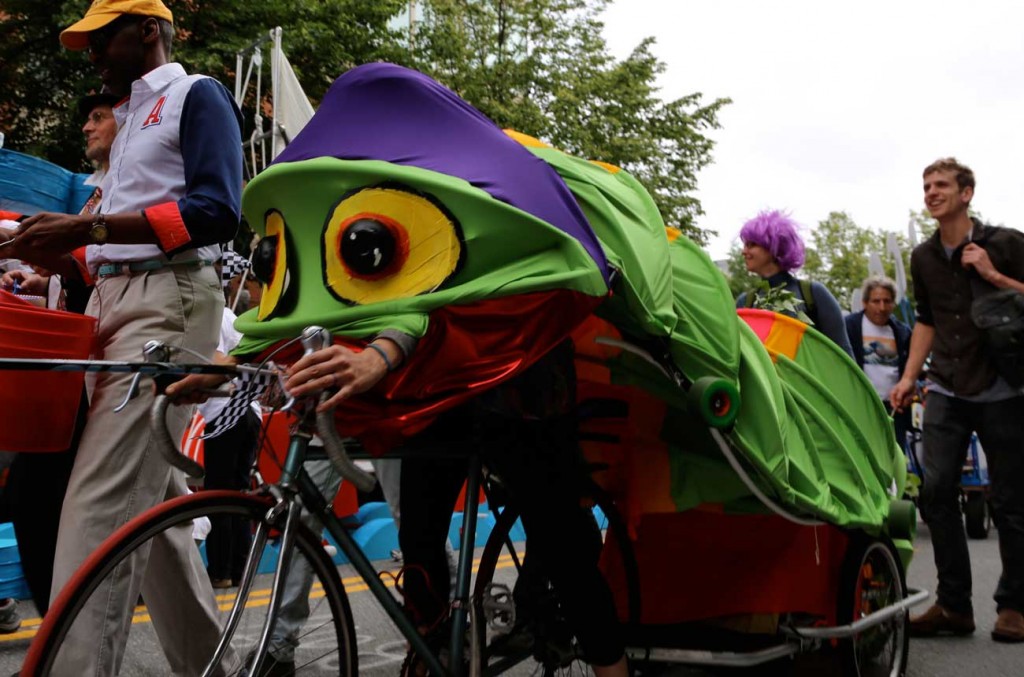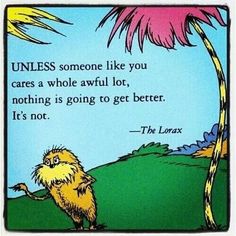As the weather gets warmer and the year’s first flowers peep out of the ground, most of us who work and study inside find ourselves increasingly distracted by the sunny precursors to spring we glimpse on the other side of our windows. Fortunately, the Cambridge Science Festival features several activities to help us get outside, soak up some of those sunbeams, and learn about the natural world that encompasses the Boston area!
Friday, April 15th
The natural world can be observed even in the middle of the city… if you know how and where to look. Join the star enthusiasts of Boston Astronomy to take a look at Jupiter, star clusters, and the moon--right in the middle of Harvard Square!
Meet at Deguglielmo Plaza, Harvard Square, in front of 27 Brattle Street, Cambridge
Sunday, April 17th
A nature walk like no other! Susan Goldhor of the Boston Mycology Club will point out what most people overlook: the important network of hidden fungi that keep our soil rich and natural waste decomposed.
Meet in front of Cambridge Boat Club, 2 Gerrys Landing Road. Please arrive on time to allow for the short walk to the starting location!
Monday, April 18th
 |
Mount Auburn is a lovely retreat in springtime!
Via Wikipedia. |
Mount Auburn Cemetery, in addition to being a lovely locale for a springtime stroll, is home to some of the oldest trees in the neighborhood, including a 200-year old oak! Measure, compare, and learn about Mount Auburn’s grandest (above-ground) occupants.
Mount Auburn Cemetery, 580 Mount Auburn St, Cambridge.
Wednesday, April 20th
Enjoy the day in Lorenz park, and learn how you can include outdoor exercise in your everyday commute. Take the place of a generator turbine and earn just how difficult it can be to generate electricity with a ride on a generator bicycle!
Joan Lorenz Park, Outside Cambridge Main Library, 449 Broadway. Free!
Spend an afternoon on the banks of the Charles with the RoboSail program at Community Boating. Take the robot-guided boats out for a spin on the water, take a look at the control system, and write some sailing code of your own.
Community Boating Boathouse, 21 David G Mugar Way, Boston. Free!
Thursday, April 21st
 |
One of the Nigerian Pygmy goat at the Mass
Audubon Habitat in Belmont. Via Mass Audubon. |
Sandy Vorce, Property Manager of the Mass Audubon Habitat, shows off the Habitat’s fleet of environmentally-friendly lawn mowers--and might even invite you to pet them! That’s right: the lawnmowers at the Habitat are Nigerian dwarf goats, who keep the meadows in check and fit right in at the wildlife sanctuary.
Mass Audubon Habitat Education Center & Wildlife Sanctuary, 10 Juniper Rd, Belmont.
Friday, April 22nd - EARTH DAY!
The Mount Auburn Cemetery is a protected 175-acre oasis of green nestled between Cambridge and Watertown. Clare Walker will show you around and point out the various flora and fauna that make Mount Auburn their home, including trees, flowers, chipmunks, hawks, and owls. Clare had written and illustrated of several books, including Mount Auburn’s Family Nature Guide and Birds and Birding in Mount Auburn-- visit www.clarewalkerleslie.com for more information!
Mount Auburn Cemetery, 580 Mount Auburn St, Cambridge
Party with the animals at the Franklin Park Zoo! Celebrate ways to keep our planet and its animals healthy.
Franklin Park Zoo, 1 Franklin Park Road, Boston
Cost: Adult $19.95; Child $12.95; Under 2 free; Senior (62+) $16.95
Geologists and rock enthusiasts rejoice: Mount Auburn Cemetery overflows with beautiful examples of marble, granite, and beautifully carved sandstone. Come take a look at the monuments, each a stony work of art, and enjoy an afternoon amongst the greenery of the Cemetery.
Mount Auburn Cemetery, 580 Mount Auburn St, Cambridge
Saturday, April 23rd
The wildest race in Cambridge! Local artists, teens, and parents have been hard at work building their original art on wheels for the past week--now they’re put to the rest on a half-mile sidewalk loop. Cheer them on, join the race, or exhibit your sculpture ideas. See sculptureracing.org/Danehy for locations of building workshops and information on how to participate. Sculpture Race will take place between 11-11:30am. Spectators should arrive by 10:45am.
Danehy Park, Sherman Street, Cambridge
Sunday, April 24th:
Cambridge is a hotbed for biological research, and the CSF and the ART+BIO Collaborative are unveiling their newest open-air project: a science mural that expresses the wonders of biology through public art! The mural is the first project borne of the Collaboration--come and hear what might be next!
Kendall Plaza, in front of Marriott Cambridge, Main Street, Cambridge. Free!
You’ve had all winter to stay indoors: come on out and join us for some refreshing air and scintillating science!
----------------
E. Rosser is a science writer and mechanical engineer currently wrapping up a degree at MIT. Her favorite outdoor activities include hiking, canoeing and kayaking, camping, and sleeping out in the backyard in her hammock. She can't wait for warm weather this spring!


















